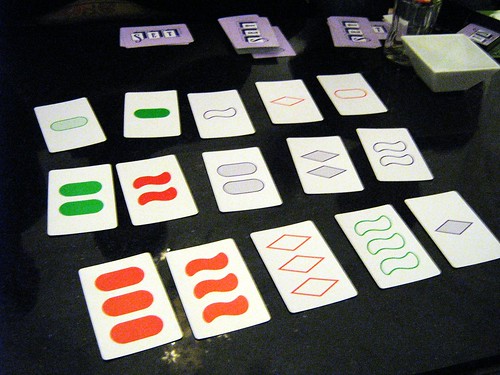Last year I attended a professional development seminar that involved four days of intense group work and meeting new people, and I was completely exhausted by the end of it. As a graduate student, conferences were a lot of fun, but I would need frequent breaks during the day to muster enough energy to keep going the rest of the time. As a high school student I hardly spoke up during classes and my teachers would tell me what a shame it was that I didn’t share my good ideas. My name is Crystal, and I am an introvert.
What is an introvert? This is a personality trait associated with people who, compared to extroverts, do not derive their energy from social interaction. In fact, sustained social interactions have the opposite effect of draining them of their energy and mental resources. They are not necessarily shy or socially anxious (common misconceptions of what introversion is) – it just means that they are generally more reserved, and enjoy having time alone or with people they know well in intimate settings.
Where did this construct come from? The five-factor model of personality, or more commonly called the “Big Five” was validated by psychologists McCrae and Costa (1987) and includes the dimensions of agreeableness, conscientiousness, neuroticism, openness, and most relevant, extroversion (you can take the Big 5 personality inventory to see where you might score lower or higher on along these dimensions). Their research has shown that these five factors can predict behavior, and appears in across different cultures in the world.
In the Atlantic last year an article was published on how introverts’ needs in schools are often neglected, as active learning strategies are encouraged and expected in the classroom. Introverted students benefit from having “quiet” time to reflect or complete individual work, and classrooms where activities such as group work and think-pair-share are the norm may at be odds at what they find are optimal learning environments. I’ve had many conversations with a friend and sessional lecturer, a self-identified introvert herself, about how she struggles with incorporating too many active learning strategies into her classes because she herself would struggle with having to do those exercises all the time.
That is not say to forego active learning strategies – there is good evidence for the benefits of active learning for example, in STEM fields. Active learning strategies can still be used, but they do not always have to involve group work or collaboration. They can include “one minute essay” questions or quizzes, and reflection activities. The flipped classroom can benefit introverted students, as they can complete readings and activities for the upcoming class individually, and have their thoughts and questions prepared beforehand.
Lastly, class participation is often valued, but introverted students may speak up less and to instructors, appear less interested or engaged with the material. This educator has a great perspective on this issue: You don’t want to alienate and punish introverted students by requiring that they speak up all time, but you also want to push students out of their comfort zone and allow them to develop their communication skills. He offers strategies that he has used to get students to speak up, and they’re simple, such as giving students time to think and prepare what they will say or transitioning from smaller to larger group discussions throughout the term.
It’s all a balance! As instructors and educational developers we can be more mindful of the introverts in the room, and come up with strategies (they don’t have to be extensive or immediately obvious to students) to engage, challenge, and draw out (but not tire out) the introverts in the classroom.
Image above provided by Scott Robinson under the Creative Commons “Attribution” license.






